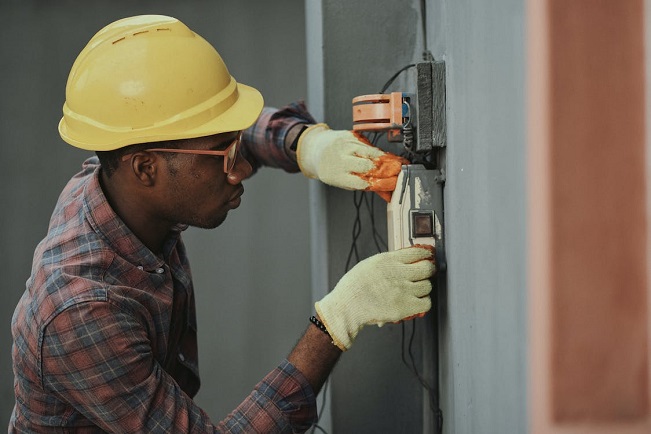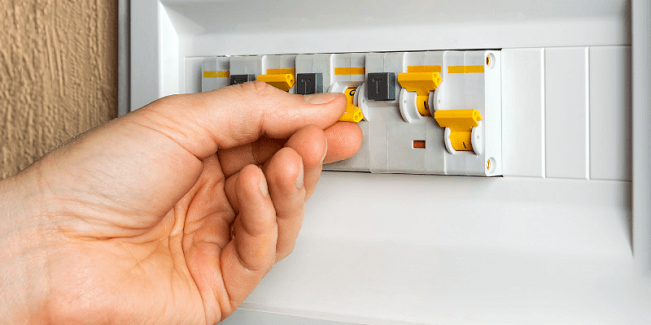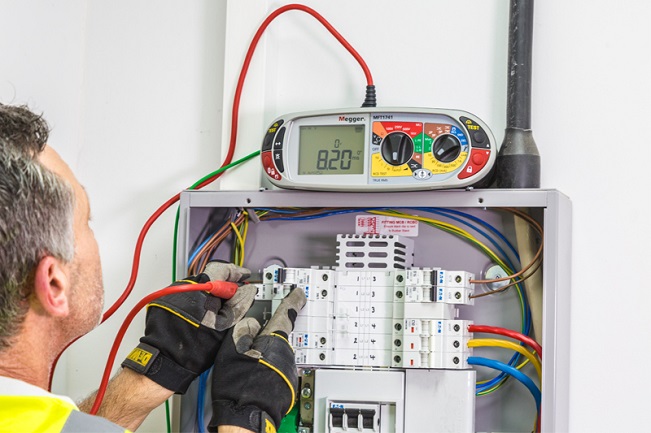Having a basic understanding of how the wiring in your home or business works goes a long way in general safety. You don’t need to be a certified electrician to know that electricity can kill if not handled with care. In this context, each home will be fitted with a range of safety devices to prevent potential life-threatening hazards, or related issues like property damage due to faulty electrical installations.
While most of us are familiar with circuit breakers and fuses, it’s RCDs that get the least attention and are often the overlooked members of the wider circuit protection family. These provide the level of personal and property protection that fuses and circuit breakers just can’t match. That’s why they’re also a legal requirement in Australia, as stated in current AS/NZS 3000:2018 standards or commonly known as the Wiring Rules. With recent changes, all projects now require RCDs that detect alternating current, as well as residual pulsating direct current, meaning older style type AC RCDs are being phased out.
What are RCDs?

An RCD or residual current device is an essential safety device found in almost every switchboard. It is designed to detect changes in current, or more precisely current leakage, which can lead to unwanted incidents like electrocution or electrical fires. When it has detected irregularities in the power supply, the RCD ‘trips’ or disconnects the circuit within milliseconds. The speed at which residual current devices do this can literally save your life.
How they Work
RCDs have a safety function that is not to be overlooked. They constantly monitor current levels in one or a specified number of circuits. Or more specifically the current flowing through a live wire and powering a connected device needs to be the same as the current exiting through the neutral wire that completes the circuit. In the event of a current leak, such as a break in insulation, or current unintentionally passing through a person or a defective appliance or device, the RCD trips and prevents the flow of current, potentially saving people from burns and electrocution. The same happens during an electrical fault in the circuit, such as a current overload, with excess current passing through the earth cable.
Based on the tripping times and current rating there are different types of RCDs. Most are fixed units designed to be integrated into switchboards or form part of the internal circuitry in sockets and plugs, mostly used for connecting high-voltage devices and appliances such as tools and machinery in household or industrial applications. Let’s take a closer look.
Types of RCDs

RCDs can be categorised in many ways and one is by the application in which they’re used. This leads to three major types – fixed, plug-in, and portable RCDs. The fixed type is usually mounted in DIN rails in switchboards and distribution panels to provide permanent protection to the circuits they monitor. Plug-in variants come in the form of a plug-in RCD adaptor and are often used in homes and are simple to install. Portable residual current devices are plugged-in types that offer circuit protection in places like construction sites and can be used with standard outlets.
Based on Types of Loads or Current Waveforms
This divides RCDs into Type AC, Type A, Type B, Type F, and Type S units. Type AC variants monitor current levels in AC power supply or more specifically sinusoidal currents with very low disturbances. These were the standard in Australian homes and businesses until new changes meant Type A RCDs that also watch over pulsating DC currents, such as chargers for laptops and mobile phones became compulsory. This is to provide more protection with the surge of smart devices in many homes.
Type B variants are seen in 3-phase installations, such as in warehouses and manufacturing plants, meaning they have lower rates of tripping and are designed to monitor high-powered machinery and industrial motors. Type F units are seen in single-phase installations. They have high tripping tolerances and are used to ensure that items like air conditioners, heat pumps, and other inverter-based appliances run smoothly. Lastly, Type S RCDs are used to protect transformers and motors with very high inrush currents. These have a timed function and aren’t suitable for protection against electric shocks.
Factors to Consider When Buying RCDs
These devices differ in voltage, current and frequency ratings. Single-phase residual current devices are rated for 230V, while three-phase wiring requires 415V units. Where and how the devices are used will determine the voltage rating. Generally, 230V versions are more common in household and light commercial applications, whereas 415V types are for medium and high-voltage industrial uses.
Current ratings are stated in amps (A) or milliamps (mA) and indicate the maximum current before the RCD trips. This is often referred to as the rated current. Additionally, the residual current is the difference in current that causes the RCD to trip. Have in mind that more sensitive units, with lower residual currents are used in household applications.
And frequency ratings range between 50 and 60Hz for most uses and are dependent on country or region. All RCDs sold in Australia need to operate in a 50Hz range.
Summing Up

RCDs can save lives, spare equipment from damage, and home and business owners the cost of expensive repairs in the event of an electrical fire. They’re common safety devices in both household and industrial installations, and different types are available for different uses. When buying RCDs, consider where and how they’re used and consider the types that best suit the application. Also, have in mind the different current, voltage, and frequency ratings to ensure that what you buy will fulfil its intended task.


























